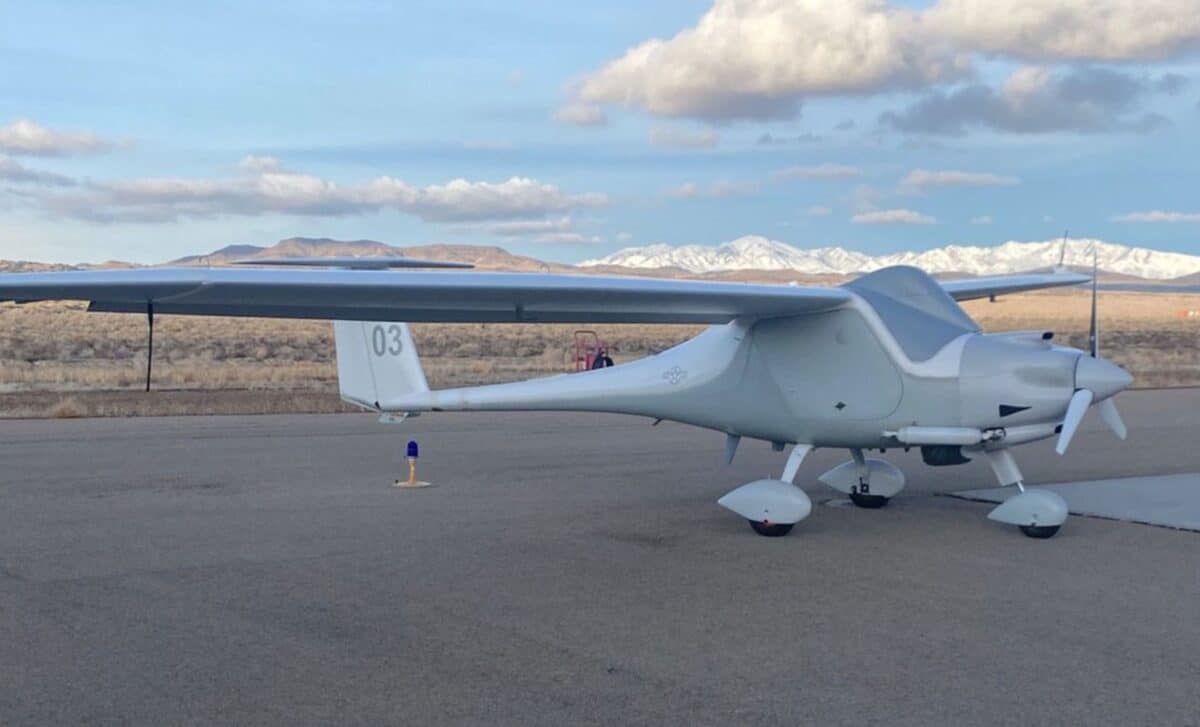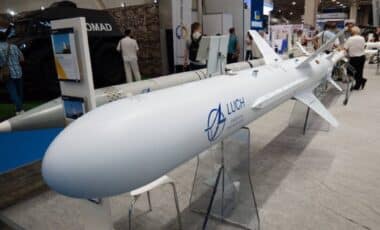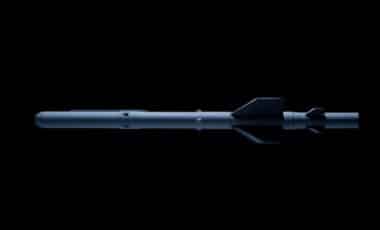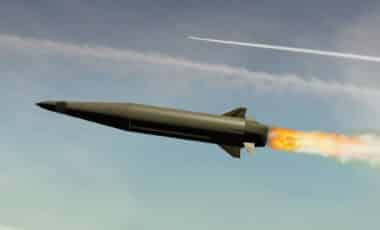The U.S. military’s Special Operations Command (SOCOM) is upgrading its Long Endurance Aircraft (LEA) surveillance drones to include the capability to launch smaller, uncrewed aerial systems (ALEs). This modification will significantly increase the operational flexibility of these ultra-quiet drones, allowing them to conduct a broader range of missions. This new capability is a key component of SOCOM’s broader plans to enhance its drone fleet for future military operations, reports The War Zone .
SOCOM’s budget request for the 2026 fiscal year outlines the shift in priorities for the LEA program. The request reveals that SOCOM will not be seeking additional funding for the LEA UAS Next Generation program. Instead, funds will be redirected towards integrating ALE payloads and upgrading the communication systems of the existing LEA platforms.
Global Air Power in 2025: How the U.S. Dominates the Skies
ALEs: Expanding the LEA’s Operational Reach
The integration of ALEs into the LEA drones will provide a significant force multiplier, enhancing their already impressive surveillance capabilities. SOCOM’s updated budget details that these new air-launched systems will allow the drones to perform a wide variety of tasks.
These tasks include intelligence, surveillance, and reconnaissance (ISR) missions, electronic warfare, decoy operations, and even kinetic strikes. The introduction of ALEs gives the LEA drones the ability to execute more complex missions and greatly enhances their versatility, allowing them to be used in diverse operational environments.
The term “air-launched effects” (ALE) covers a broad spectrum of unmanned aerial systems that can be deployed for ISR, combat, and support roles. These ALEs can be configured for various functions such as loitering munitions or electronic warfare, further expanding the operational use of the LEA drones beyond their original design. SOCOM has not disclosed the specific types of ALEs the LEAs will be able to launch, but it is clear that these systems will enhance the drones’ ability to respond to rapidly changing tactical situations.
The LEA Drones: Versatile and Discreet Platforms
The LEA drones, designated as RQ-29s, are currently in use by U.S. special operations forces. Derived from the Pipistrel Sinus powered glider, these drones are known for their ultra-quiet design and low-cost operations.
SOCOM’s 2026 budget request highlights that the LEAs are particularly suited for low-intensity operations, such as counter-insurgency and counter-terrorism, where they provide long-duration surveillance without attracting attention. These drones are ideal for gathering intelligence in permissive environments and can help establish “patterns of life” for individuals or small groups of interest.
With the integration of ALEs, the LEAs are poised to transition from purely ISR platforms to multi-role assets capable of kinetic strikes. This added capability would enable the drones to conduct precision strikes while maintaining their discreet operational profile. If equipped with ALEs configured for offensive tasks, the LEAs could be used to directly engage targets without the need to sacrifice their stealth or surveillance roles.
A Shift in Strategic Priorities for SOCOM
SOCOM’s decision to refocus its LEA program towards integrating ALEs is part of a broader shift in military priorities. This change reflects the growing importance of preparing for high-end conflicts, especially in the Indo-Pacific region.
Although the LEA drones are still expected to support low-intensity operations, such as counter-terrorism, their enhanced capabilities make them adaptable for more complex and higher-end operational scenarios.
The move to integrate ALEs also aligns with broader efforts within the U.S. military to enhance the survivability and relevance of existing platforms. The integration of air-launched drones into other military assets, such as the MQ-9 Reaper and MQ-1C Gray Eagle, has already been explored, and SOCOM’s plans to adapt its LEA drones are part of this larger trend. This focus on standoff capabilities ensures that U.S. forces are prepared for a range of conflict types, from irregular warfare to potential large-scale operations.
These developments also occur amid questions regarding the future of special operations aircraft in general. As SOCOM pivots towards preparing for high-end conflicts, such as those involving China, the role of drones like the LEA will continue to evolve. The modifications being made to the LEA drones reflect a broader trend in military aviation toward versatile, uncrewed platforms that can operate in both permissive and contested environments.








